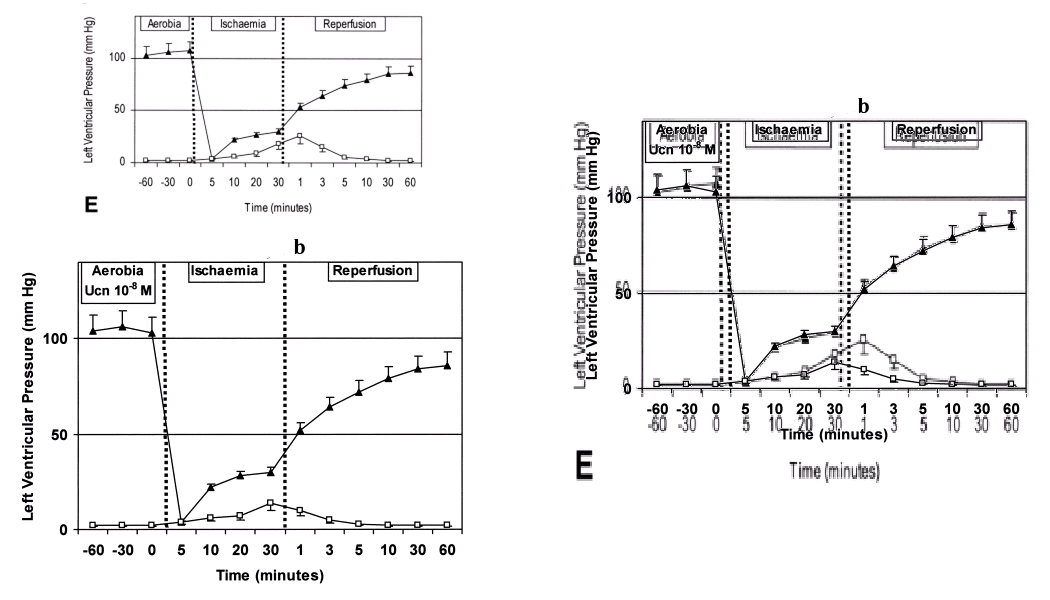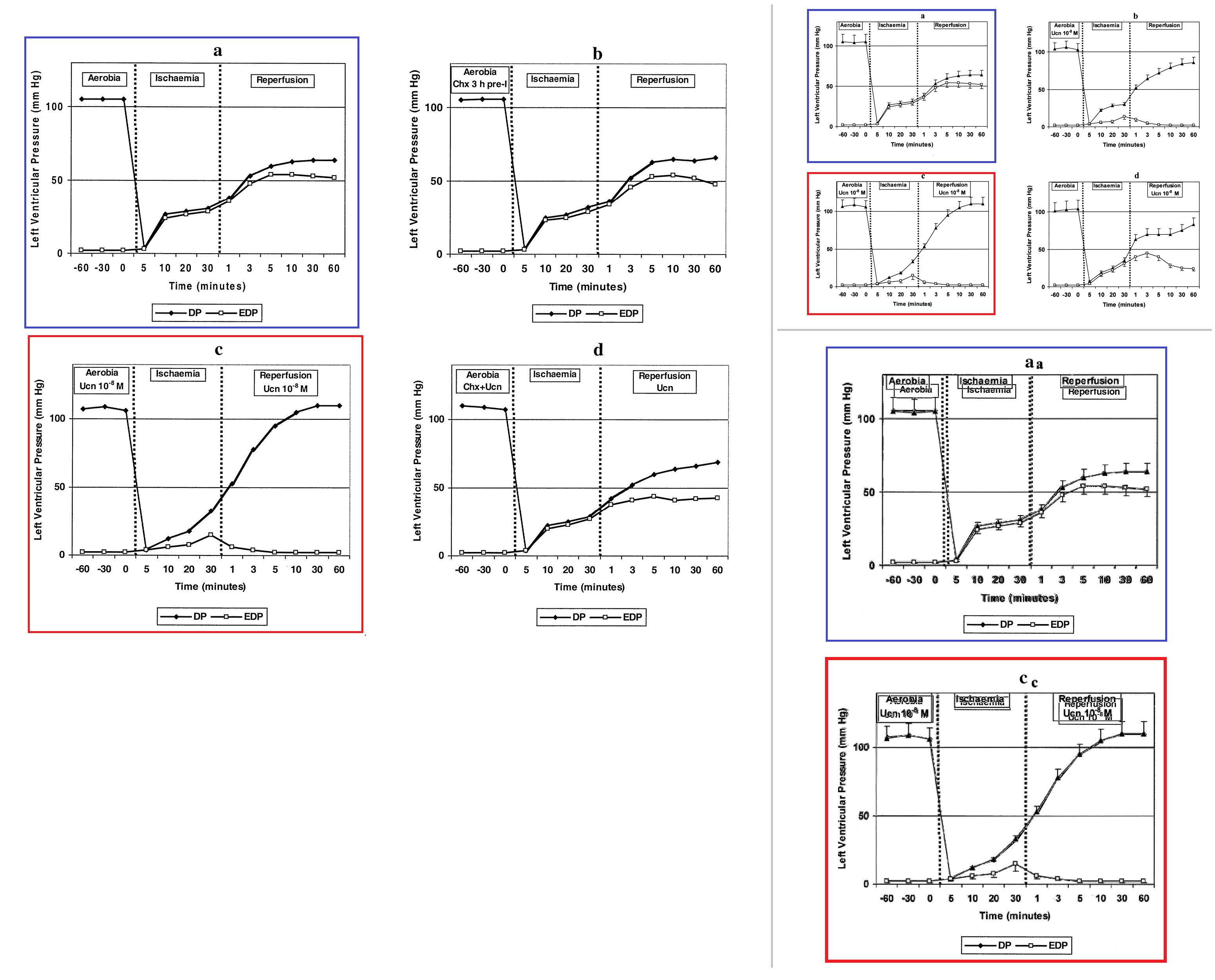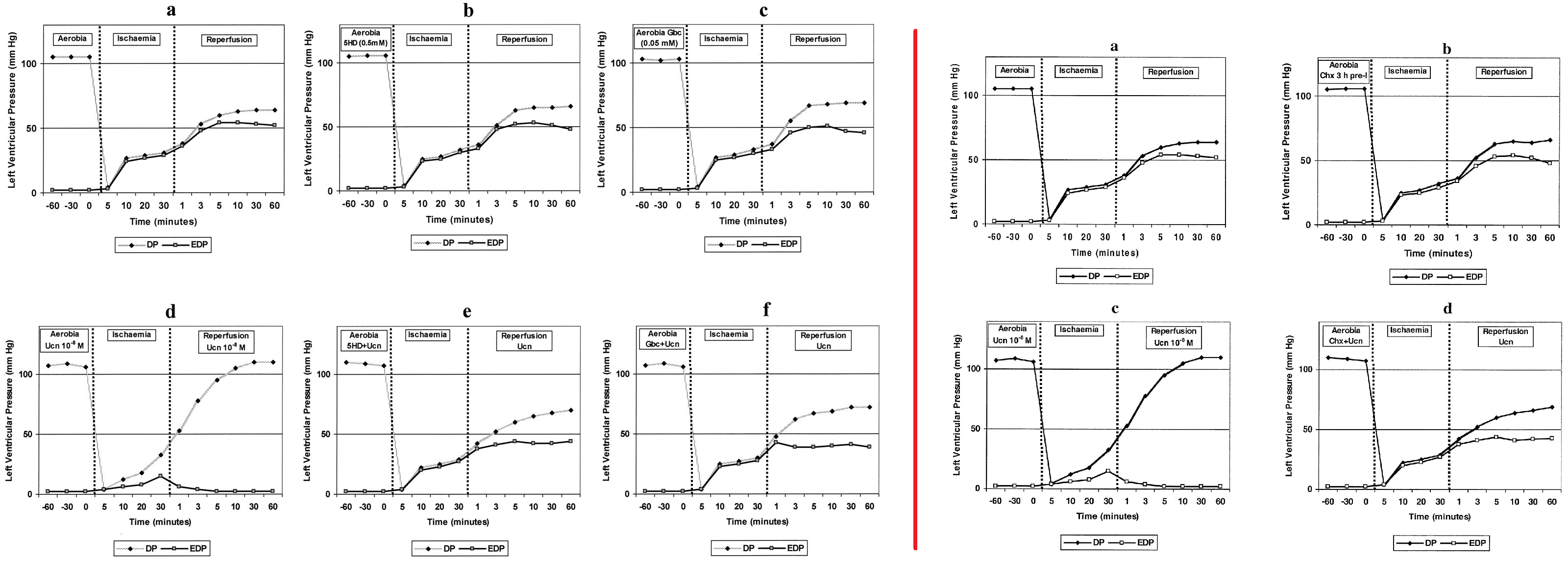This Coda was earlier cross-posted at Leonid Schneider's site, as part of an Update or continuation of an earlier post on hearts and shenanigans. The version there is improved by Leonid's editing and frame-story. The fragmentary reference list, and the allusions to red-string crime walls, make slightly more sense in the context of that previous installment.
"Only the exhaustive can be truly interesting", according to Thomas Mann. Our journey so far, extensive though it has been, fails Mann's test for "Interesting", as it barely touched on a whole series of studies on the extra-corporeal performance of rat hearts. An omission I shall now redress.These studies (and plots) involved the removal of still-beating hearts from rats, partly to propitiate Wobbly John the Harvest God, and partly to keep them beating in a nutrient solution, there subjecting them to an interruption and restoration of the oxygen supply. The ischemic hearts may have been subsequently calcined and mingled with wine in an alchemical decoction which grants immortality to the partaker, but some information I cannot share. We have already met Refs. 3 and 5, in which the hearts were perfused beforehand or afterwards with minocycline and urocortin to reduce the damage, encouraging them to recover their function faster and more completely. Recall that the illustrations of ischemic damage in those papers all resolved on close inspection to a single image of a heart, variously retouched to show larger or smaller infarcts. A skeptical approach to the data is justified.
For the Figures of interest, the plots do not just illustrate the data, they are the data (averaged over a number of animals). Here are plots of "post-ischemic release of creatine phosphokinase (CPK)" from Figure 3 of Ref. 3, and also from Figure 2 of Scarabelli et al (2002) - a previously-unmentioned Ref. 24. The presence of CPK is a Bad Thing, and from superimposing the graphs it seems to be reduced equally by reperfusion-only urocortin and by ex-vivo minocycline. What are the odds?
Other graphs showed left-ventricular systolic and diastolic pressure in the autonomous hearts (sP and dP), where a large difference between the two is desirable, and recovery from ischemia is all about the sP returning to its previous high while dP drops back to its previous low. These are some examples of partial recoveries - Figure 2D from Ref. 3, 1(b) from Ref. 24, 5B from Townsend et al. (2004) (Ref. 25) and 2B from Scarabelli et al. (2009) (Ref. 26).
The different treatments have impressively similar results; in fact the first two dP functions are identical. What are the odds? In case you were wondering, Ref. 25 looked at the cardioprotective possibilities of green-tea extracts, while Ref. 26 turned to 'myricetin' and 'delphinidin', which I assume (on the basis of the names) to be extracted from whales and dolphins respectively.
In Figure 2(g) of Ref. 5, the treatment was bromoenol lactone... this produced a different dP function, but the rebound of sP is hard to distinguish from the others.
There appear to be only a few ways that drug treatments can affect the performance of rats’ hearts in a jar. There is the good recovery profile (overlaying urocortin and minocycline to show the nigh-identical sP graphs):
The two extreme cases (almost no recovery; total recovery) result from the control treatment, i.e. none at all; and from saturation in urocortin before as well as after ischemia. These feature as Figures 1(a) and (c) of Ref. 24 and again as Figures 7(a) and (c) of Lawrence et al. (2002) (Ref. 27). After the Aerobic phase, the corresponding graphs are identical so it may be that both papers plotted the same data.
The situation is confused by the discovery that the panels of Figure 7 also repeat four of the panels from Figure 6 of the same paper, with different labels. An innocent mistake on the authors' part, which went unnoticed by editors, reviewers and the journal's readership... thus missing the chance to correct it when the paper was amended in the first wave of errata, to replace a disguised recycled actin blot in Figure 3a.
So we do get "one of those crime-investigation scenes of snapshots pinned to a corkboard and linked together with red string", after all!
Ref. 3. Scarabelli TM, Stephanou A, Pasini E, Gitti G, Townsend P, Lawrence K, Chen-Scarabelli C, Saravolatz L, Latchman D, Knight R, Gardin J (2004b). "Minocycline inhibits caspase activation and reactivation, increases the ratio of XIAP to smac/DIABLO, and reduces the mitochondrial leakage of cytochrome C and smac/DIABLO".
Ref. 5. Lawrence KM, Scarabelli TM, Turtle L, Chanalaris A, Townsend PA, Carroll CJ, Hubank M, Stephanou A, Knight RA, Latchman DS (2003). "Urocortin protects cardiac myocytes from ischemia/reperfusion injury by attenuating calcium-insensitive phospholipase A2 gene expression".
Ref. 24 Scarabelli TM, Evasio Pasini, Anastasis Stephanou, Laura Comini, Salvatore Curello, Riccardo Raddino, Roberto Ferrari, Richard Knight, David S Latchman (2002). "Urocortin promotes hemodynamic and bioenergetic recovery and improves cell survival in the isolated rat heart exposed to ischemia/reperfusion".
Ref. 25. Townsend PA, Scarabelli TM, Pasini E, Gitti G, Menegazzi M, Suzuki H, Knight RA, Latchman DS, Stephanou A (2004). "Epigallocatechin-3-gallate inhibits STAT-1 activation and protects cardiac myocytes from ischemia/reperfusion-induced apoptosis".
Ref. 26. Scarabelli TM, Mariotto S, Abdel-Azeim S, Shoji K, Darra E, Stephanou A, Chen-Scarabelli C, Marechal JD, Knight R, Ciampa A, Saravolatz L, de Prati AC, Yuan Z, Cavalieri E, Menegazzi M, Latchman D, Pizza C, Perahia D, Suzuki H (2009). "Targeting STAT1 by myricetin and delphinidin provides efficient protection of the heart from ischemia/reperfusion-induced injury".
Ref. 27. Lawrence KM, Chanalaris A, Scarabelli T, Hubank M, Pasini E, Townsend PA, Comini L, Ferrari R, Tinker A, Stephanou A, Knight RA, Latchman DS (2002). "K(ATP) channel gene expression is induced by urocortin and mediates its cardioprotective effect".











1 comment:
Well. Now we know where Bill McBride's missing rat's hearts went.
Post a Comment